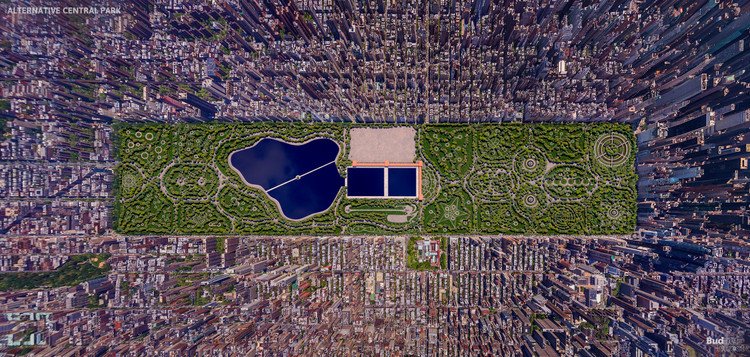"We the people" should own the streets of our future!
People and quality of life must be at the core of every smart city and autonomous transportation planning.
A panel presentation on the Future of Mobility held early this month at the Cooper Hewitt Museum in Manhattan, New York, was a conversation about autonomous vehicles, smart cities, social equity and the public realm.
The first speaker, Jack Robbins of FXCollaborative, said that with the rise of shared autonomous vehicles (AV), fewer private owned automobiles would roam our streets. This scenario could potentially relieve approximately 17.2 square miles of on-street parking spaces. Central Park has 1.32 square miles so imagine the extent of potential corridor space that the city can return to its citizens – what a grand consequence of smart city transportation!
Large swaths of corridor space can transform the urban landscape into fruit forests, bike lanes, pathways for older adults, vegetable gardens, farmer’s markets, restrooms, narrow streams and fountains, extended cafes, stretches of playgrounds, concert platforms, canopied walkways, dog runs and many more. Imagine the 800 miles of Manhattan sidewalks looking like the Highline wherever it is feasible?
Now one might assume that it may take many years before a futuristic people friendly streetscapes take over our current roadway and sidewalk systems. But given the over $80 billion already invested on autonomous vehicles between 2014 to 2017, as shared by William Powell from Waymo, they are sure to arrive sooner than we realize.
The last slide presented by, Sara Williams of MIT fittingly said – “We the People” must own the city of the future.
So the question for NYC is, "How can its residents celebrate those ~17 square miles of corridor space?
What steps should the city take in order to embrace this potential asset? One thing is certain – a paradigm shift has to emerge on how we plan and design our cities. Traditional urban planning principles that impress the importance of road networks is a thing of the past. A city owned by the people should translate Jane Jacob’s vision of streets for the people as the “lifeline of the city”.
Today’s urban planners can potentially parallel the massive investments on autonomous vehicles with the following efforts: a) start early in realizing our new vision, b) create a microscale and comprehensive approach to understand our built environment using artificial intelligent methods, c) learn each neighborhood and community so that future placemaking reflects people’s aspirations and identity, and d) create a public realm and people flow master plan that illustrates our vision of the future.


